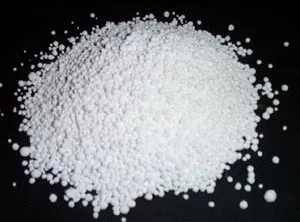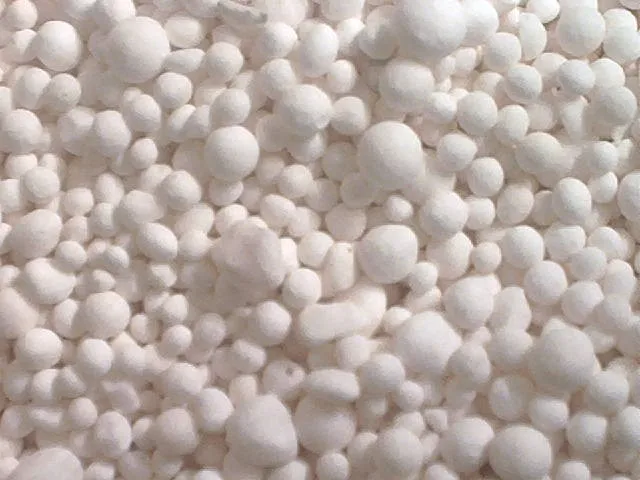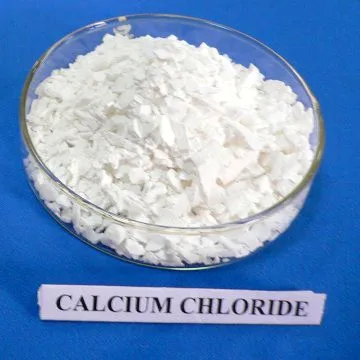Calcium Chloride Description :
Calcium chloride is an inorganic salt, which exists as solid or liquid. Solid calcium chloride is a white, crystal substance in the form of flake, granule, pellet or powder. With different crystallized water contents, it can be dihydrate or anhydrous. Liquid calcium chloride is a colorless, clear solution. As calcium chloride has such properties as quick dissolving, exothermic ability, attracting moisture from the air and surroundings, dissolving at very low temperature
Calcium Chloride Application :
1. They are widely used in highway, expressway, parking lot and port to melting snow and ice.
2. Used as dryer, as anti-fog, and anti-dust agent also fireproof agent
3. Protective agent and refining agent for petroleum/oil field.
4. Pigment assistance agent of textile. It is a kind of raw material.
5. It acts as flocculation in water treatment.
6. Be used in waste paper processing as removing printing ink agent.
7. As anti-freezing agent.
8. As dehydration agent.
9. Food additive: as cryogen are used in ice cream, as stable agent/coagulant used in bean products, drink and beer.
94% calcium chloride pellet


Calcium Chloride Specification
|
Item |
Standard |
|
|
74% Flakes/Granular |
77% Flakes/Granular |
|
|
Calcium chloride as CaCl2 |
≥74% |
≥77% |
|
Total alkali chloride as NaCl |
≤7.0% |
≤5.0% |
|
Total magnesium as Mgci2 |
≤0.5% |
≤0.5% |
|
Alkalinity as Ca(OH)2 |
≤0.4% |
≤0.4% |
|
Insoluble in water |
≤0.3% |
≤0.2% |
|
Item |
Standard |
|
|
94% Prills |
94% Powder |
|
|
Calcium chloride |
≥94.0% | ≥94.0% |
|
Magnesium and alkali chloride(NaCl) |
≤5.5% | ≤3.5% |
|
Water insolubles |
≤0.2% | ≤0.2% |
|
Alkalinity[Ca(OH)2] |
≤0.35% | ≤0.3% |
|
Sulfate(CaSO4) |
≤0.2% |
≤0.2% |
|
FE |
≤0.1% |
≤0.1% |
Calcium Chloride Package
25KG/ 1000KG PP woven bag
Calcium Chloride
Calcium Chloride,Calcium Chloride Flakes,Calcium Chloride Pellets,Calcium Chloride Dihydrate
Shandong Tiancheng Chemical Co., Ltd. , https://www.tianchengchemical.com